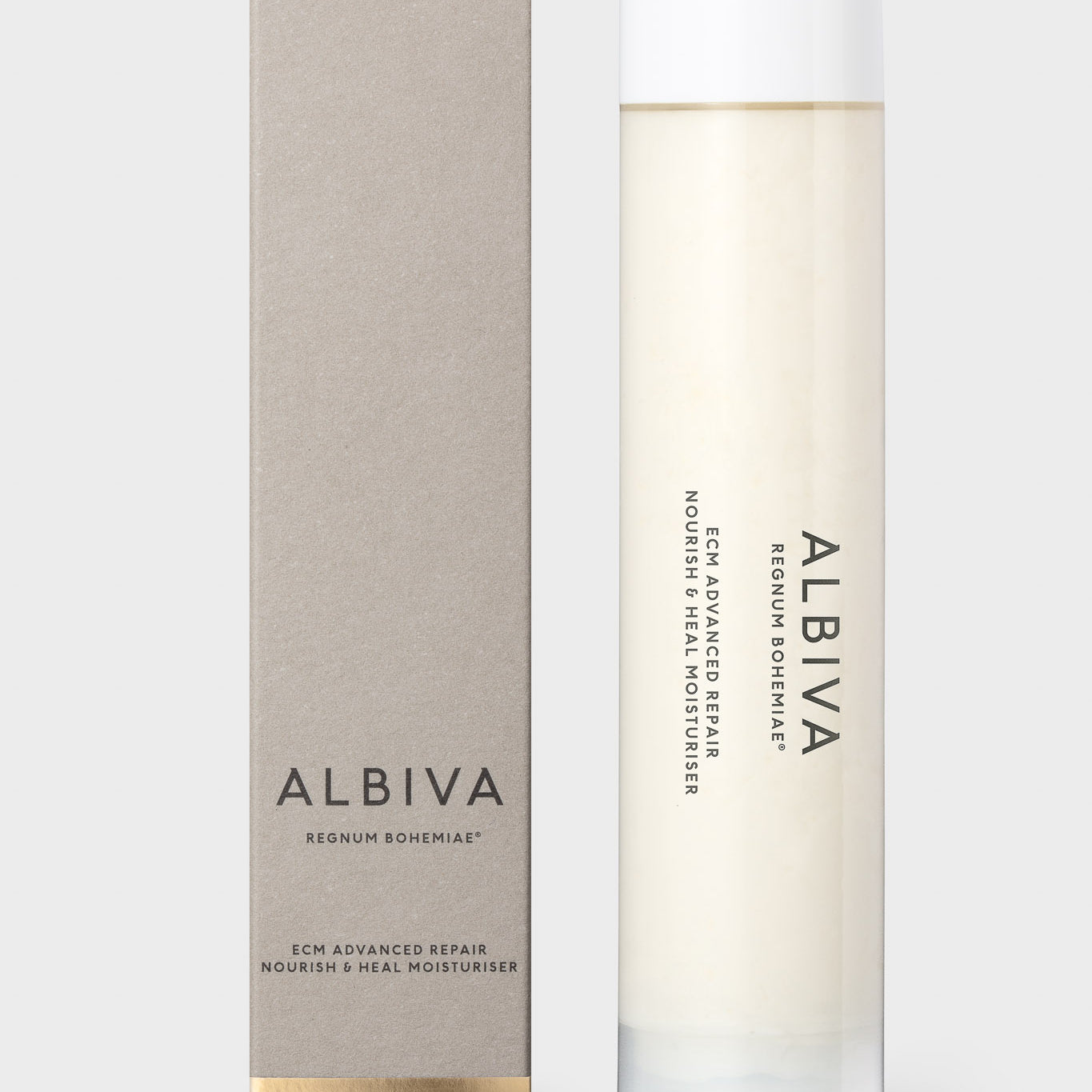Gemmotherapy – Europe’s best kept secret?

Gemmotherapy – the etymology of the word could easily mislead into visions of crystals and precious stones. Gemmotherapy is in fact an advanced branch of phytotherapy (the name is derived from the Latin word, “gemmae”, which means bud of a plant). This unique botanical therapy uses the embryological tissues of plants to enhance and facilitate tissue regeneration, and has a potency and healing capability that far exceeds any current phytotherapy.
Young shoots and buds are used to obtain gemmotherapy extracts‚ as they contain the peak life essence of the plant. These embryological tissues are richer in vitamins‚ oligo-elements‚ minerals‚ nucleic acids and growth hormones than other plant tissues. These active substances are lost if a plant is allowed to reach a later stage in its growth cycle before harvesting.*
When isolating plant cultures‚ we encounter problems dealing with environmental aggressors such as soil contaminants that alter plant metabolism‚ water pollution‚ air pollution etc. To isolate the most effective active ingredients that are pollution free‚ a special facility is used to cultivate plants under controlled environment. Light‚ air‚ temperature and nutrients are auto-controlled. In this protected ecosystem‚ it is possible to harvest buds that are pesticide free‚ fresh and rich in nutrients.

At ALBIVA we pride ourselves on being pioneers who lead the way in harnessing this new‚ natural technology. We use the bud extract (gemmo) of Safflower throughout our ECM Advanced Repair range, a powerful anti-ageing active.
The extract contains proline‚ an amino-acid and a precursor of pro-collagen synthesis‚ high content of alpha-tocopherol‚ a well known antioxidant and 8’-hydroxyarctigenin which is a lignan found in certain plants which possesses cell proliferative and differentiation activities‚ as well as antioxidant properties.
The fresh‚ embryonic tissues from the Safflower buds are harvested in their most active phase of the growth cycle‚ to ensure the highest concentration of biologically active substances.
*(Sirois, 2009)




